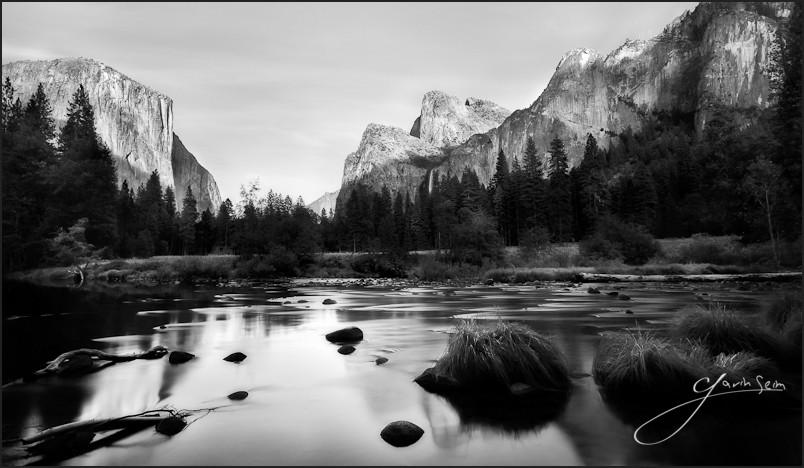Updated 12/11. Never has raising the bar on quality been so relevant to photography than in today’s crowded market. But never have the tools at our disposal been so powerful either. So today I want to share a few quick ideas on inching that bar up, each time we release the shutter. And few tips to help us shoot better and make our images as perfect as they can be.
1. Visualization. Really seeing.
It’s often said it starts in the camera. Well in truth it starts before that. I’m certainly no pioneer in visualizing, but I’ve learned how valuable it is. Sometimes our digital generation brushes aside with a chuckle the tried and true techniques, as if they were insignificant. As if because we have cameras with screens, it’s no longer necessary understand such things. But if there’s one thing I’ve learned in nearly 15 years of pursuing photography. It’s don’t ignore the techniques of the old masters. My generation sometimes thinks they have a better way. They usually don’t.
I recently recorded a short podcast on how I use visualization right here. But the bottom line is you have to do more than just look and click. Visualizing takes practice. It’s NOT about not just seeing something that’s in front of you, or even just seeing an object or composition. It’s about seeing what you want in your final image. Everything you want. The objects, the lines, the tone light and dark of various elements, the colors, the composition. Even down to seeing in your mind the edits you plan to do in the real, or the digital darkroom.
I find using the Zone System to help visualize your scene and place the tonal ranges helps a great deal. Not to mention helping you expose better. But even if you don’t use the Zone System at every step, the zone scale can be invaluable in visualizing. And with practice will become second nature and will effect your work at every stage. You can learn about the Zone system in my article about Zones. Also here’s a classic video with Ansel himself talking about it.

2. The Camera.
This is step 2. These first two could go together. But visualization deserved that first category. Do it before you raise that camera, because it’s easy to get caught in the moment and forget about truly visualizing. But after that visualization, the camera is where a great image is captured. Not the computer. You have a visual for what you want to capture, now you need to use your tools to make it happen.
Consider what you’re trying to do and how you need to leverage your equipment. Shutter speeds, supports, aperture, focus, timing, light. Read the Six Keys To Photographic Image Quality for more thoughts on the technical side of this. And of course, don’t forget your visualization and composition to help make it all happen. This is something to think about in a digital age where we tend to spray and pray. I’m a firm believer that as a whole, our industry needs to slow down. More images does not make better quality and I find taking your time with your camera and image setup makes a great deal if difference in your final result.
